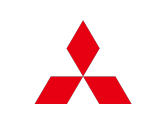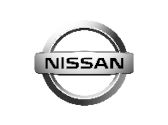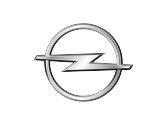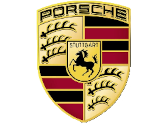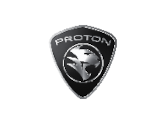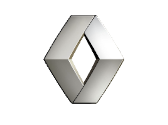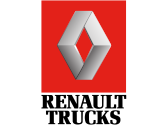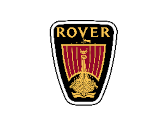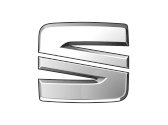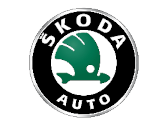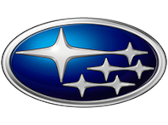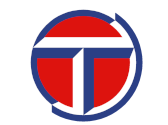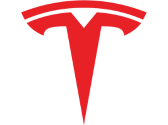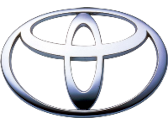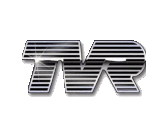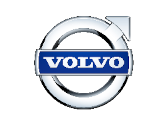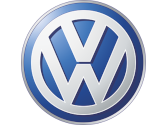How does a diesel engine work? Structure, components and replacement
As an internal combustion engine, the diesel engine manages entirely without spark plugs and develops a high torque. This is made possible by the special design of the engine for diesel fuel. Here you can find out which components make up engines for diesel, how the diesel engine works and what to consider when buying a replacement engine.
Main components of the diesel engine
The most important component of the diesel engine is the engine block with the components mounted on it. These include the cylinders, in which the pistons move, and the cylinder heads. The engine block also houses the crankshaft and the complete crank mechanism with the connecting rods. Channels for lubrication and cooling are integrated into the block of the diesel engine.
The crank mechanism converts the energy provided by the pistons from a reciprocating motion into a rotary motion. For this purpose, each piston that moves up and down in the cylinder is connected to the crankshaft via a connecting rod. One end of the crankshaft protrudes from the block of the diesel engine on the gearbox side, where it is connected to the flywheel. From here, the engine’s power is transmitted to the gearbox as a rotary motion.
Valve train and injection
In order to operate the diesel engine, the valve train with the valves is indispensable. One or more camshafts in the cylinder head are driven directly by the engine. Their function is to open and close the valves for intake and exhaust. This allows air to flow into the cylinder at the appropriate moment. Exhaust gases can also be expelled as residues of the combustion process.
The injection or injection system supplies the diesel engine with diesel fuel. This is injected into the combustion chamber of the engine via injection nozzles or injectors. The pumps or high-pressure pumps required for this are part of the injection system, as are the pipes. Unlike petrol engines, diesel engines do not have an ignition system. Instead, self-ignition takes place. Only a glow system is present.
How Rudolf Diesel’s engine works
The diesel engine, like the corresponding fuel, is named after its inventor Rudolf Diesel. The German inventor developed the reciprocating piston engine as early as the end of the 19th century. Unlike petrol engines, the diesel engine does not need a spark plug at all. Instead, the diesel engine operates on the principle of self-ignition.
In this process, a mixture of air and fuel is stimulated for combustion by compression. As a four-stroke engine as well as a two-stroke engine, the diesel engine achieves a good degree of efficiency. Four-stroke diesel engines are usually used to power cars.
- Intake stroke
- Compression stroke
- Combustion cycle
- Discharge stroke
How the diesel runs in four strokes
As a four-stroke engine, the compression-ignition engine operates in the intake stroke, compression stroke, combustion stroke and exhaust stroke. In the first stroke, the camshaft opens the corresponding intake valve in the cylinder. Air can thus flow into the cylinder while the piston moves downwards in it. In the second stroke, the air in the combustion chamber is compressed with the valves closed, and the temperature of the air rises sharply due to the compression.
In the third stroke, the right amount of diesel is injected into the air inside the combustion chamber via an injection nozzle. The mixture of air and diesel ignites by means of compression ignition. The spark ignition causes a downward movement of the piston in the cylinder. In the fourth stroke, exhaust gases and heat are expelled via the exhaust valve.
The energy generated by the piston is transferred via the connecting rod to the crankshaft, which converts the movement into a rotary motion. In addition to its high efficiency and uncomplicated design, the diesel engine scores above all with its safer fuel compared to petrol. In Rudolf Diesel’s time, diesel fuel could be stored more safely and, unlike petrol, only ignites at a temperature of 55 degrees Celsius.
Buy and replace diesel engine
Diesel engines have a robust design, but they can still break down, especially if they have a high mileage. A costly repair of the old diesel engine is not always worthwhile. Used diesel engines in exchange can be an advantageous alternative here. These are engines that are obtained in the course of car recycling and whose technology is usually completely intact.
What to consider when buying a used diesel engine
To ensure that the diesel engine in the replacement will continue to power the car reliably for years to come, a number of things should be taken into account when purchasing. This includes the condition of the unit as well as the scope of delivery. An internal combustion engine can be offered in exchange with various add-on parts or even without any add-on parts at all. For example, only the engine block with the internal components and the cylinder heads can constitute a replacement engine.
- Note the condition of the diesel engine
- Find out the mileage
- Select motor type correctly
- Check scope of delivery
- Compare data from the engine
When buying diesel engines, it should therefore be noted whether the engine is offered with or without add-on parts and aggregates. In the case of diesel engines, this applies in particular to the complex fuel injection system and the preheating system. If parts are missing, they must be purchased later or taken over from the old engine.
The condition of used engines is stated by the supplier or can be gathered from pictures and information in the offer. The mileage of the diesel engine can also be a good indicator of wear. Reliable suppliers of used engines always state the mileage at which the engine was removed from the donor vehicle.
Observe motor type and motor data
When choosing a diesel engine, make sure that the right unit is selected. Often, diesel engines from one manufacturer are available with the same displacement and number of cylinders. However, these do not fit arbitrarily in every vehicle model.
The first clues for selecting the right engine can be found in the engine number assigned by the manufacturer and the exact engine designation. The engine code is usually found directly on the engine or is listed in the car’s documentation. The chassis number can also often be used to determine the installed engine.
Cars registered in Germany also have key numbers in the vehicle documents, which are helpful in the search for a suitable engine. Before ordering a specific diesel engine in exchange, all details as well as the supplier’s photos should be compared again.


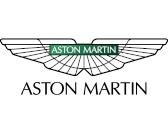
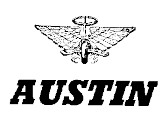









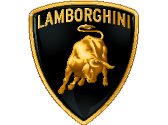





_logo.png)




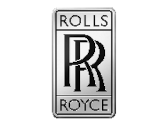





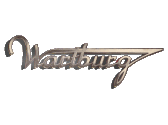



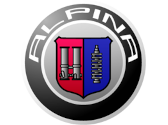


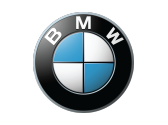
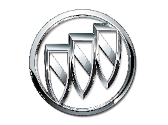

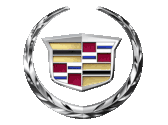

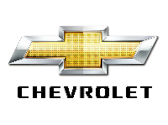
_logo.png)

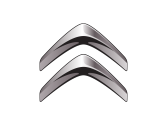

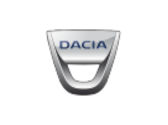

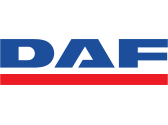

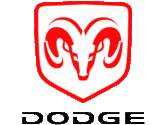


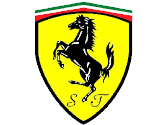

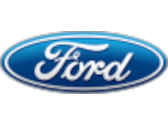
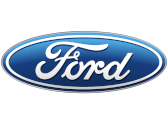


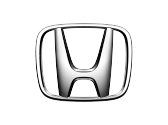

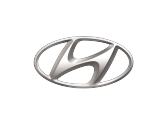



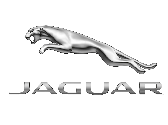

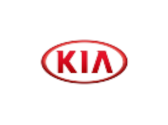

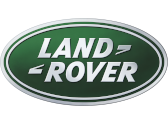
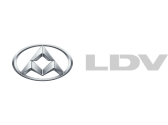








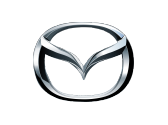


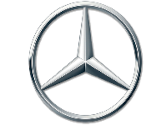

_logo.png)


